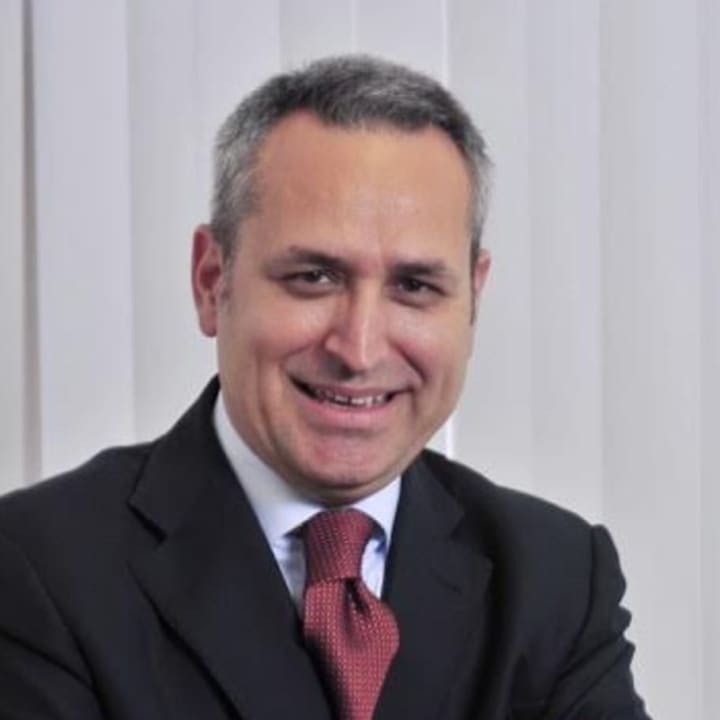In some patients, there may be coexisting pain generators in both the lower spine and hip. The pain from the lower back may radiate to the hips, or vice versa. In some cases, a small dose of local anesthetics can help negate the regional pain. This may help identify the correct diagnosis, to formulate a better therapy plan and a better outcome.
Pain is an electrical signal that travels along nerve fibers through the spinal cord to the brain. Tiny catheters with special electrode contacts are placed through a needle next to the spinal cord under image guidance. These electrodes deliver electrical impulses to a specific location on the spinal cord to mask the pain signals.
In adult discs, blood vessels are normally restricted to the outermost layers. Once the disc is degenerated, there is only a limited ability to recover from a metabolic or mechanical injury. There are therapies to regenerate the discs but most are still in the experimental stage and their clinical efficacy is yet to be confirmed by clinical trials. Although these therapies are not used routinely, they may be available for routine clinical use in the future.
Sometimes, back pain is brought about by accident or through a traumatic injury. Whiplash injuries may lead to chronic neck pain. Early evaluation by a medical professional is recommended to determine the possible sources of pain and severity of the problem. Only after thorough evaluation is a more effective and safer therapy plan recommended.
Rheumatoid arthritis also is a systemic problem and primarily treated by systemic therapies. However, if a local pain generator is determined to be the cause of pain, interventional pain management therapies may also be considered to diminish the local source of pain.
Dr. Semih Gungor is an anesthesiologist, interventional pain medicine specialist and Director of Pain Medicine Research at HSS and specializes in comprehensive, pain-focused medical care. He practices at both the HSS Outpatient Center in Paramus and the hospital’s main campus in New York.


